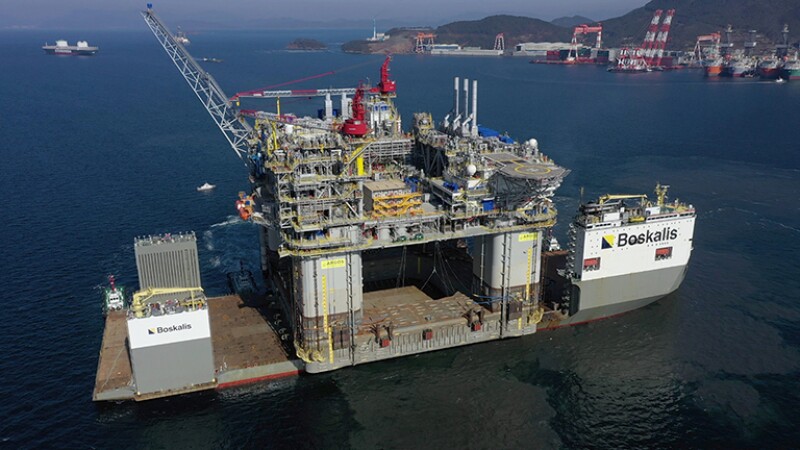The US Gulf of Mexico (GOM) will remain a vital, low-emissions oil and gas arena for both important domestic production and continued wildcat and near-field exploration throughout the energy transition for supermajor BP. Speaking at the 2022 Offshore Technology Conference in Houston, BP’s Senior Vice President for Gulf of Mexico and Canada Starlee Sykes told attendees that oil and gas, especially the lower-carbon-intensity barrels coming from the GOM, will be not only key to meeting the current increased energy demand trend but also important throughout the company’s energy transition roadmap.
Sykes highlighted the supermajor’s new Argos platform, the floating host of the $9 billion Mad Dog Phase 2 production that arrived in the GOM late last year. The 60,000-ton semisubmersible is now on location in Green Canyon Block 780, about 6 miles from the original Mad Dog spar and is expected to add 140,000 BOE/D at peak. Argos is BP’s first operated deepwater platform in the GOM since 2008’s Thunder Horse, and it’s fifth overall.
Sykes cited “resilient hydrocarbons” as crucial in BP’s reimaging of the energy business originally announced in February 2020 and its transformation from an oil and gas company into an international energy company.
“Our assets in the GOM continue to meet demand and are an example of how to do it safely,” said Sykes. “The GOM business produces some of BP’s highest-quality barrels. It is a core area for BP and will be for the foreseeable future … as operator and partner. We will continue to explore, primarily around our current hubs to make sure they are full, but also for those reserves that could create new hubs.”
Near-field projects have been in the spotlight for BP in recent months. The operator brought its Manuel field on stream in June of last year via a subsea tieback to the Na Kika platform. The two-well project added a little over 20,000 BOE/D of production. Sykes referred to Manuel as “exactly the type of project to expect from us going forward.”
In February 2022, BP tied the Hershel expansion project into Na Kika – the first of three wells that will add enough production to bring the facility back to its nameplate levels of around 130,000 B/D. Cash flow from oil and gas operations will help fund BP’s energy transition.
To that end, Na Kika now has a system to track emissions the same way it tracks production, revealed Sykes. An emissions upset is treated like a production upset. Sykes added that emissions are becoming just as important as production in BP’s portfolio.
Over the next decade, BP’s oil and gas operations are expected to shrink as the company targets value over volume as part of its net-zero ambitions including the reduction of operations emissions by 40% by 2030 globally. Sykes added that the production reduction will not happen uniformly or overnight and that the GOM represents valued barrels. In March 2022, BP assembled a new team to accelerate production at their flagship Thunder Horse field to 200,000 B/D.
“Net zero is a worthy goal in any context,” she said. “We don’t have all of the answers. It means producing less over time. All types of energy creation have issues. It is a tough problem to solve. No solution is perfect but I’m optimistic that we will continue to make progress.”
The operator recently completed energy studies at all four of its existing GOM deepwater assets with the aim of deploying measures to reign in emissions.


